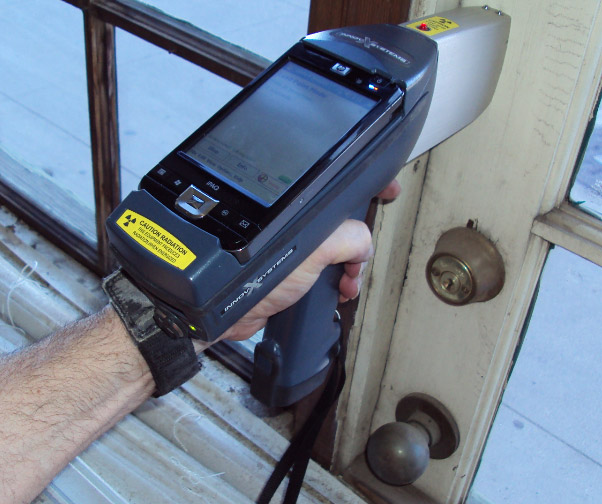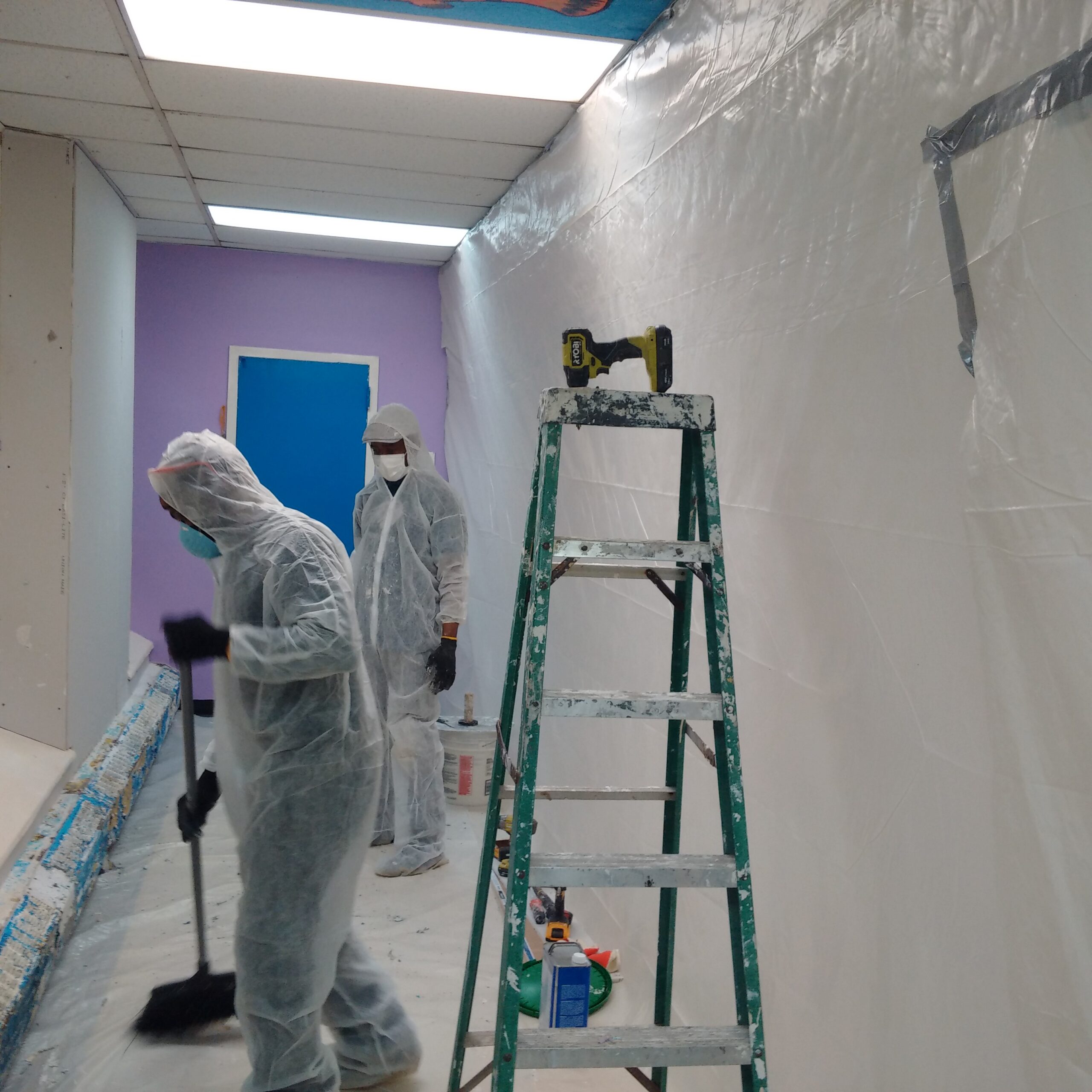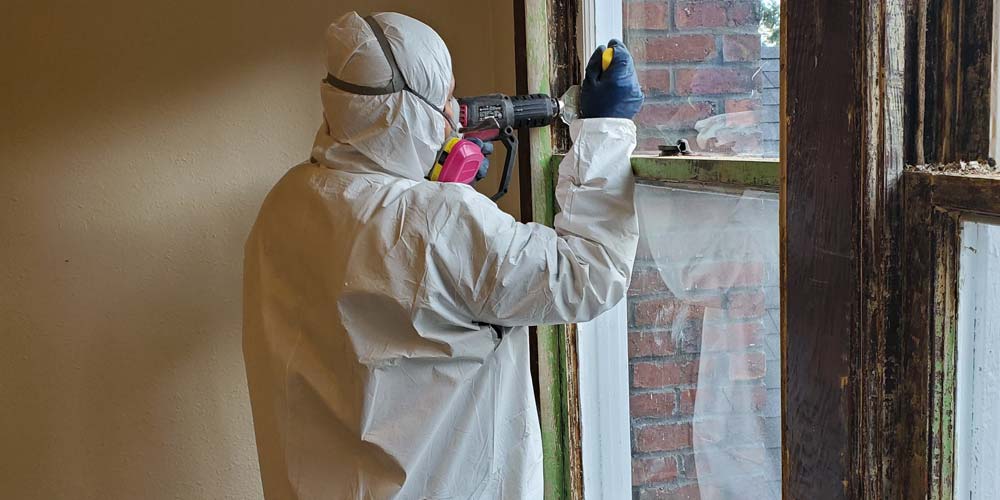Reputable DOH & HPD Lead Violation Removal in NYC-- Safeguard Your Building
Reputable DOH & HPD Lead Violation Removal in NYC-- Safeguard Your Building
Blog Article
Best Practices for Making Sure Safe and Thorough Lead Violation Reduction
Dealing with lead violation abatement requires a multi-faceted technique to guarantee both security and conformity. It's the last clearance process, entailing extensive assessments and lab testing, that really confirms a lead-free environment, ensuring long-term safety. Just how do these techniques adjoin to guarantee extensive lead reduction?

First Analysis
Conducting an initial evaluation is a critical first action in lead violation abatement. This phase encompasses a comprehensive assessment of the property to identify the presence, extent, and details areas of lead-based hazards. Certified experts, such as licensed lead assessors or take the chance of assessors, should carry out a detailed website inspection, using tools like X-ray fluorescence (XRF) analyzers to precisely detect and gauge lead focus in paint, dust, dirt, and water.
The analysis needs to likewise consist of an evaluation of the building's background, previous reports, and any type of grievances or wellness concerns reported by residents - Lead Removal Contractors. Recording the findings diligently is vital, as these records create the basis for establishing a reliable abatement technique. A comprehensive analysis also includes sampling and lab evaluation, which are vital to confirm the existence of lead and guide succeeding activities
Moreover, it is crucial to connect the results transparently to all stakeholders, consisting of residential property owners, lessees, and regulatory authorities. By guaranteeing that the first evaluation is performed with precision and rigor, specialists can lay a strong structure for a targeted and efficient lead reduction procedure, eventually guarding public health and wellness and making sure conformity with regulative requirements.
Proper Containment
Appropriate containment is essential to avoid the spread of lead contaminants during abatement tasks. Efficiently handling control lessens the threat of lead dirt and particles migrating to non-work areas, thus protecting both the atmosphere and people outside the immediate work area. To achieve correct containment, an airtight obstacle of plastic sheet must be developed around the workspace, making certain all seams and edges are firmly sealed. Lead Removal Contractors. This barrier must extend from floor to ceiling and be taped to avoid any type of leakages.

Regular evaluations of the containment location are essential to look for violations or weak points in the barrier. Any type of determined concerns ought to be without delay addressed to maintain the integrity of the control. By adhering to these practices, abatement projects can properly control lead contamination and reduce involved wellness risks.
Worker Security
Making sure worker security is critical throughout lead abatement jobs to avoid occupational exposure to hazardous lead bits. Essential actions consist of making use of personal safety tools (PPE) such as respirators, handwear covers, and full-body matches particularly developed to obstruct lead dirt and fumes. Employees ought to go through extensive training on the proper usage and maintenance of PPE, including fit screening for respirators to make sure optimum efficiency.
Engineering controls, such as neighborhood exhaust ventilation systems, are crucial in decreasing airborne lead focus in the job atmosphere. Management controls must also be implemented, including restricting the duration of exposure and rotating workers to decrease specific exposure times. Routine clinical monitoring and biological monitoring are essential for early detection of lead absorption, allowing prompt intervention and treatment.
Additionally, establishing a decontamination Read More Here procedure is vital. Employees should comply with rigorous purification procedures before breaks and at the end of their shift to avoid lead dirt from being lugged outside the workspace. This includes extensive hand and face cleaning with lead-specific cleaner and changing out of contaminated apparel.
Careful Cleaning
Preserving a risk-free work setting prolongs beyond worker protection and includes precise cleaning to make sure lead particles are thoroughly removed from the site. The procedure of meticulous cleanup is important in protecting against the recontamination of the mellowed out location and guarding both current and future residents.
To accomplish a comprehensive cleanup, all workplace must be methodically sanitized. This involves making use of specialized HEPA (High-Efficiency Particulate Air) hoover and wet-wiping strategies to capture and eliminate great lead dust that may have picked surface areas. It is vital to cleanse all horizontal surfaces, consisting of floorings, window sills, and counter tops, along with upright surfaces that may have entraped lead particles.
Employees should wear suitable individual safety devices (PPE) during cleanup to stay clear of exposure to recurring lead dirt. Made use of cleaning materials such as wipes, sponges, and wipe heads ought to be thrown away in accordance with contaminated materials disposal policies.

Last Clearance
Final clearance is the important ending phase of lead abatement that figures out whether the website is secure for reoccupation. This important step involves extensive examination and testing to verify that all lead threats have been effectively removed.

Final clearance testing not just secures future occupants yet additionally check this site out makes sure conformity with regional, state, and government guidelines. It serves as a documented validation of the abatement specialist's adherence to market finest methods. Making certain a complete and effective last clearance is necessary in guarding public health and wellness and cultivating trust in the abatement procedure.
Verdict
Ensuring safe and complete lead offense reduction necessitates a multifaceted approach incorporating initial evaluations with innovative detection approaches, efficient control approaches, strict employee security methods, and meticulous cleaning procedures. The final clearance stage, including thorough evaluations and lab testing, is important to validate conformity with EPA criteria. Adherence to these finest practices guarantees a risk-free environment for residents, alleviates wellness dangers, and upholds governing needs, thereby advertising public health and safety in lead-affected areas.
Report this page